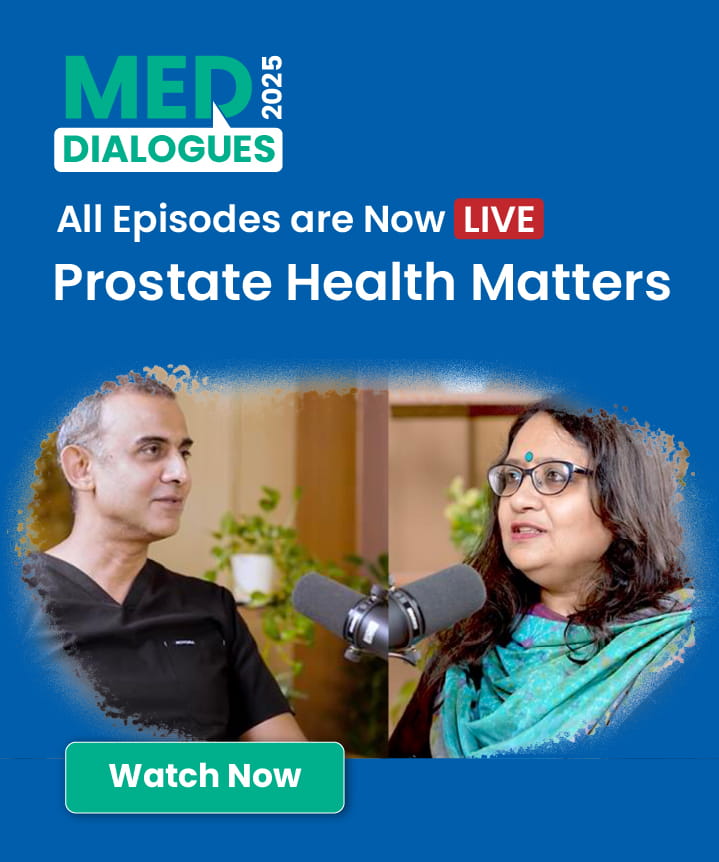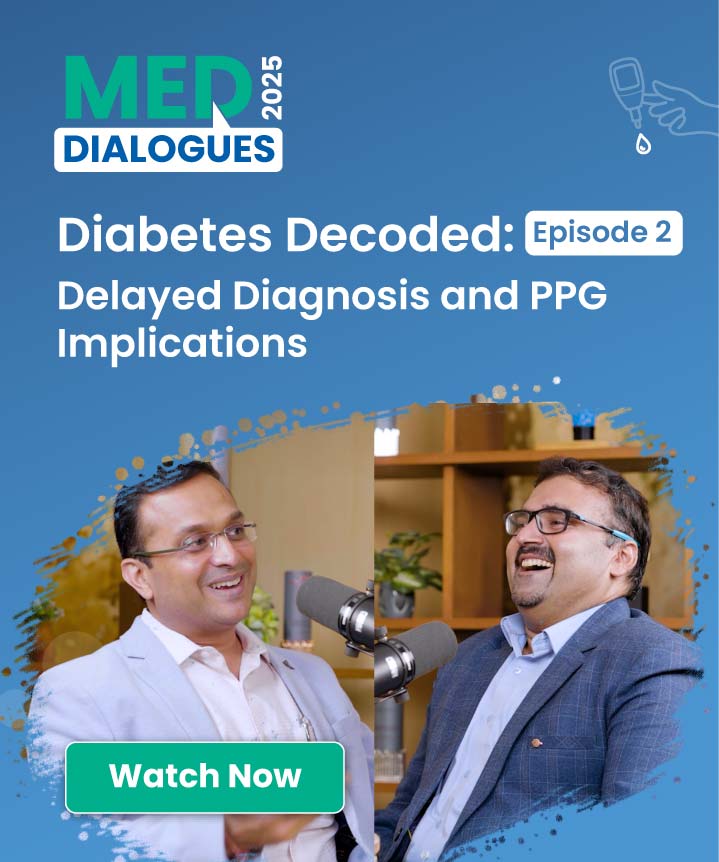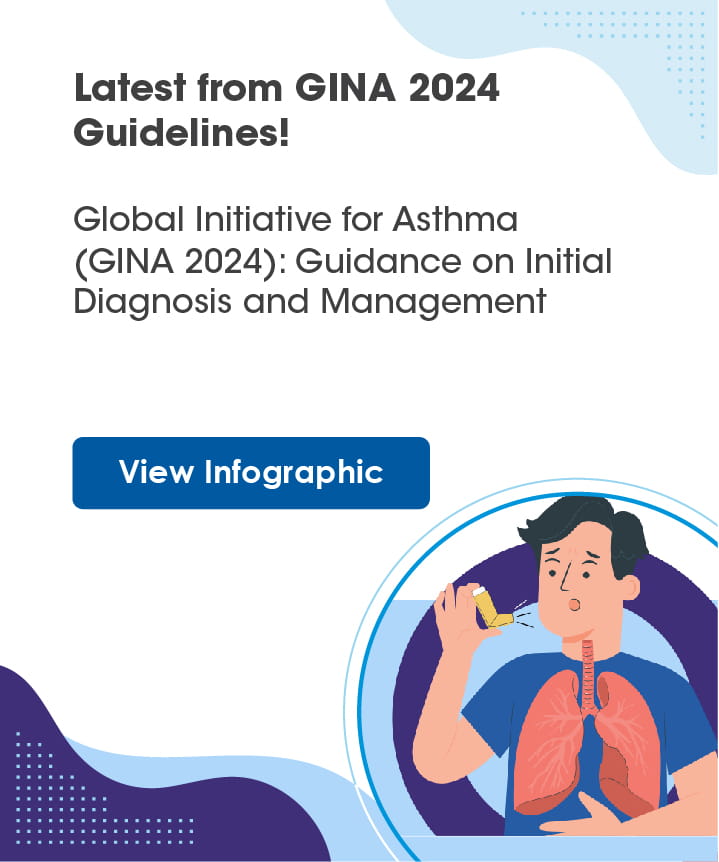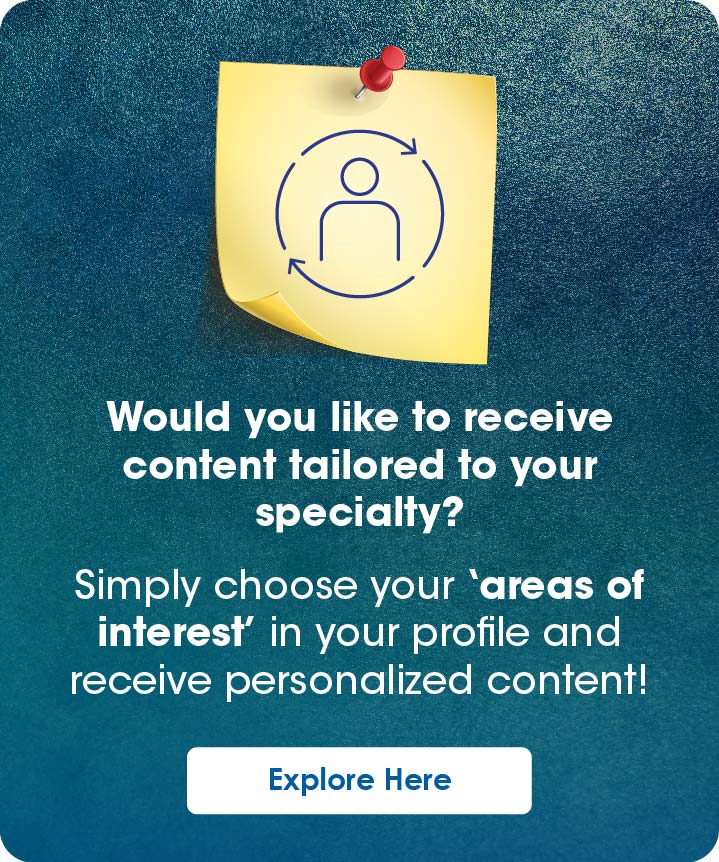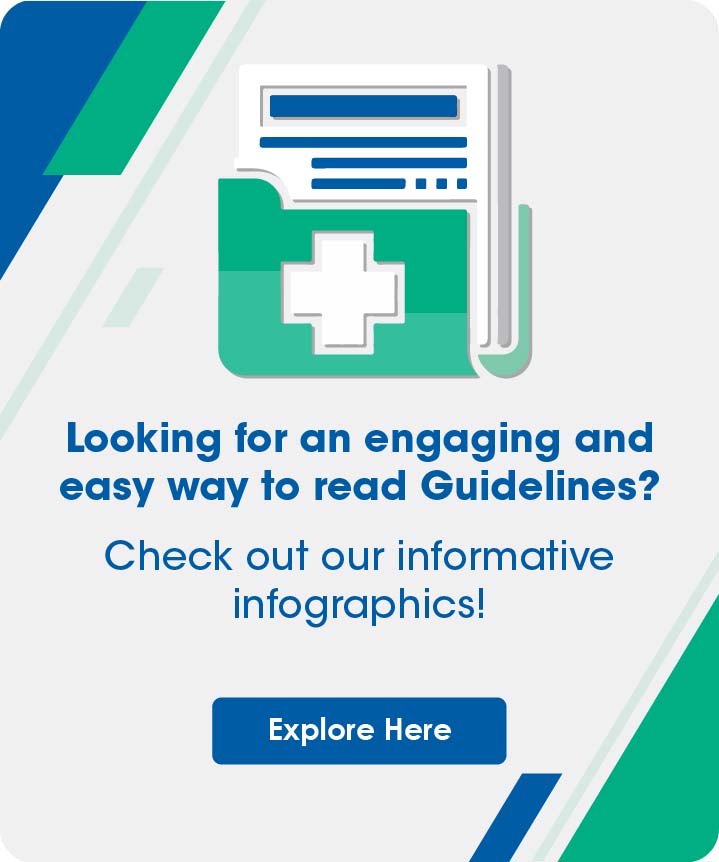Hey there! Welcome!
Get updated on
Select Speciality
Top Picks
9 Dec, 25
Home Maintenance Nebulization (HMN) is a critical component of respiratory disease management, as a valuable alternative for drug delivery. Proper usage technique, monitoring, and tailored plans are key to optimize HMN benefits in managing OADs.
2 Dec, 25
Blood glucose–lowering therapy begins with lifestyle modification and metformin, with SGLT2 inhibitors or GLP-1 receptor agonists added based on cardio-renal risk and obesity status. Insulin is initiated when glycaemic targets are not achieved with optimized non-insulin therapy, with ongoing monitoring and adjustment through intensification or deintensification to maintain safety and control.
12 Dec, 25 Int J Infect Dis.
Int J Infect Dis.
- Global review of 125 studies showed 26.6% bacterial co-detection in RSV-infected children <5 years old
- Top pathogens: M. catarrhalis (21.7%), H. influenzae (17.5%), S. pneumoniae (18.0%). Rates varied by age, method, and setting, higher in low- and middle-income countries
- Co-detection linked to worse outcomes—fever, elevated CRP, ICU admission, longer stays, more antibiotics, increased respiratory support etc.
11 Dec, 25 Indian J Pediatr.
Indian J Pediatr.
- Rotavirus was detected in 32.7% of samples with similar positivity in vaccinated (32.6%) and unvaccinated (32.9%) children
- Highest incidence of rotavirus was reported in 2022 (41.4%) and lowest in 2023 (27.6%)
- RVGE peaked in cooler months and in ages 12–23 mo vs. older children
- Symptoms and severe dehydration were more frequent in those with rotavirus
- G3P[8] and G2P[4] were the dominant genotypes (67.2%)
10 Dec, 25 Cardiovasc Diabetol.
Cardiovasc Diabetol.
- TyG index [ln(TG×Glucose/2)] was linked to subclinical myocardial injury (hs-cTnT≥14 ng/L) in ARIC cohort, a cross-sectional analysis (n=11,478) showed positive correlation (aOR=1.33), which was stronger in diabetics (aOR=1.64) vs non-diabetics (aOR=0.89)
- A 6y follow-up showed U-shaped overall, L-shaped in non-diabetics (aOR=0.72), J-shaped link in diabetics (aOR=2.09)
- Diabetes modifies TyG–myocardial injury risk.
10 Dec, 25 Asian J Infect Dis.
Asian J Infect Dis.
- Retrospective study of N=217 HBV-positive patients (Kolkata)
- Epidemiology: Male predominance, peak in 21–40 yrs, 35% housewives, 71.4% married
- Key risk factors: Hepatomegaly, blood transfusion history
- Most were asymptomatic with normal labs; HBeAg+ rate 8.7%
12 Dec, 25
Featured

11 Dec, 25

11 Dec, 25

9 Dec, 25













